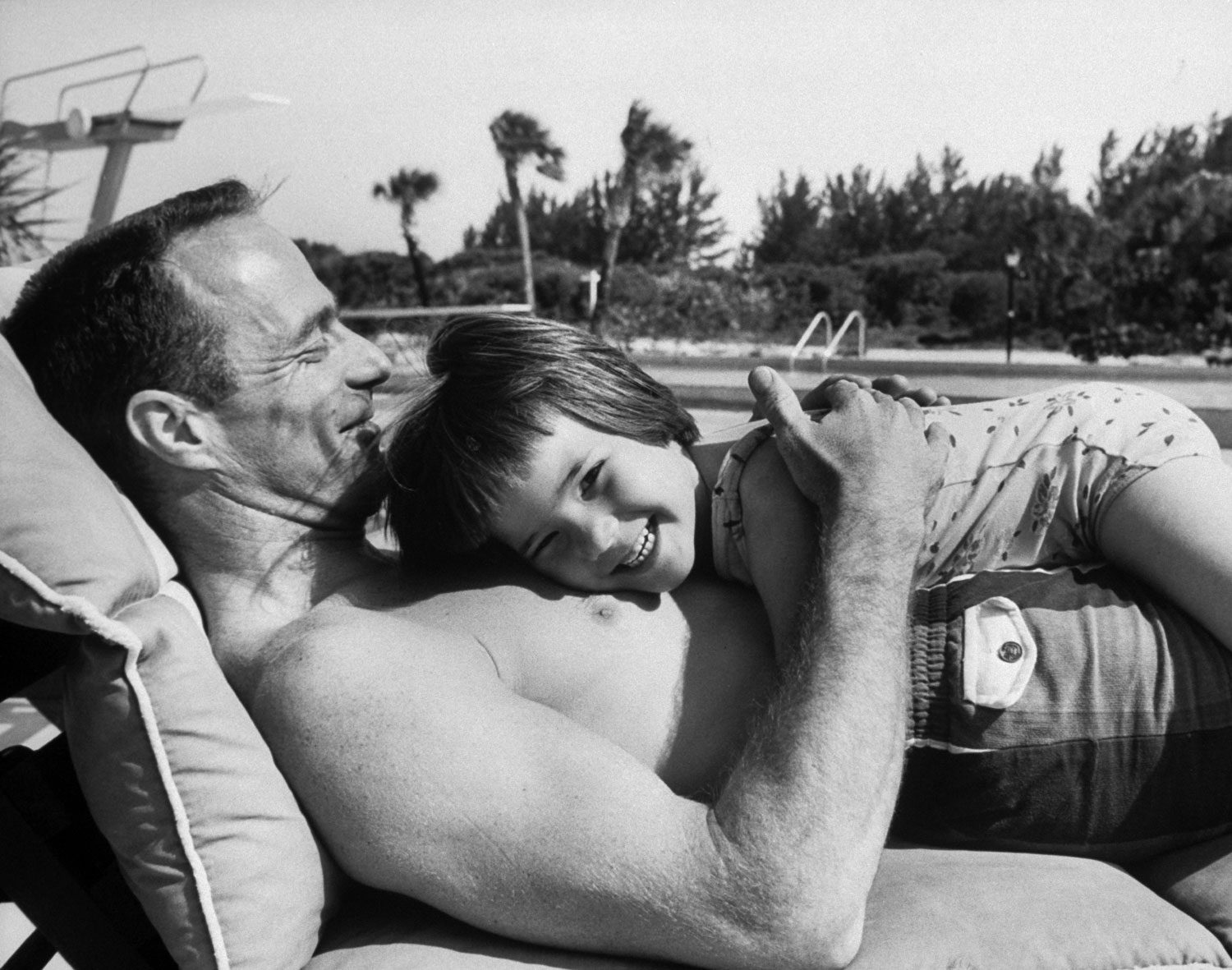
[Scott Carpenter, one of the last two surviving astronauts of NASA’s Project Mercury, died on Thursday in Denver. He was 88. Here, LIFE.com remembers Carpenter with a gallery of rare and classic photos from 1962.]
“When I reached orbit,” astronaut Scott Carpenter wrote in the June 8, 1962, issue of LIFE, “the first thing that impressed me was the silence.”
The 37-year-old Colorado native, just the second American to orbit the Earth (and the fourth American in space) was letting the magazine’s millions of readers in on what he called “the great secret” he’d been privy to during his May 1962 Aurora 7 Mercury flight.
He remembered, Carpenter wrote in the long, exclusive piece in LIFE, “that when my grandfather was dying of a stroke he said to his doctor, ‘At last I’ll know the great secret.’ High on top of the Atlas [rocket before liftoff] I was confident that everything was going to be all right, but I felt that I, too, was going to be let in on a great secret, that this experience I had looked forward to for so long would soon be here.”
“Almost immediately,” Carpenter wrote, describing the adventure — after the deep silence — that enveloped him once he was truly aloft, “I knew the second great sensation, weightlessness. [The] pressure suit,which is very constricting on the ground, became entirely comfortable. Though it was part of the planned routine to report this moment to the ground, it was so exhilarating that my report was really a spontaneous and joyful exclamation: “I am weightless!” Now the supreme experience had really begun.”
But before the ultimate test of a real, live space flight could begin for any of NASA’s original Mercury 7 (Carpenter, Alan Shepard, John Glenn, Deke Slayton, Gus Grissom, Wally Schirra and Gordon Cooper), the competitive and profoundly confident astronauts had other things to attend to. Like training. And studying. And training some more.
And, of course, they had their families: sometimes right beside them as they braced themselves to push the envelope of exploration further than it had ever been pushed before; sometimes far away, in touch with each other only by phone or written letter or a message relayed by a friend, as the seven were often necessarily isolated in the midst of their intensive and grueling preparations for “the supreme experience.”
For the Mercury 7 astronauts, yet another part of that preparation involved being photographed — a lot — and no other photographer spent more time with, or got closer to, Shepard, Glenn, Slayton, Grissom, Schirra, Cooper, Carpenter and their wives and kids than LIFE’s Ralph Morse. From the very earliest days of NASA’s push toward the moon (and beyond), Morse was, in effect, the de facto chronicler of the astronauts’ public and, increasingly as time went on, private lives. He spent so much time with the Mercury 7, in fact, that John Glenn famously dubbed him the “eighth astronaut.”
Here, five decades after Scott Carpenter orbited the Earth, LIFE.com celebrates his career as an astronaut with a series of photos — many of which never ran in LIFE — that focus not on the cutting-edge technology or the innovative training that made the Mercury flights possible (and helped make rock stars of the Mercury 7 in the early 1960s), but instead reveal the quieter, more intimate side of a legendary astronaut’s life.
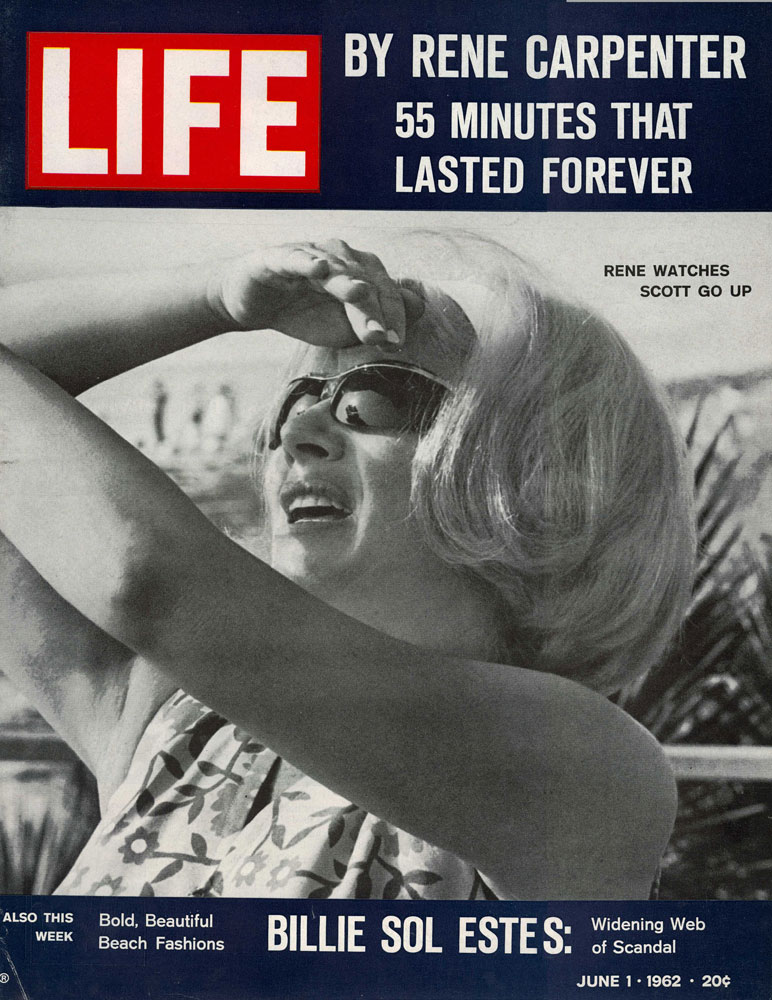
Morse’s warm, companionable pictures convey not merely, as LIFE put it in one of several articles on Carpenter and his flight in the spring on 1962, “a sensitive man’s exhilaration on a rugged ride,” but a far broader — and richer — sense of the atmosphere surrounding all of the Mercury astronauts.
Yes, these were accomplished, driven men literally putting their lives on the line for something that they knew, in their bones, was both worthwhile and far bigger than any of them, individually or collectively. And yes, they were “flyboys” — tough, hardened test pilots who could, nevertheless, occasionally allow a glimpse behind the alpha-male persona they so often displayed in public. (When John Glenn lifted off on his historic February 1962 Friendship 7 orbital flight, it was Carpenter who uttered one of the single most memorable phrases of the entire era with the simple, heartfelt words, “Godspeed, John Glenn.”)
But they were also husbands and fathers — “family men,” in the perfectly apt, old-fashioned phrase — who tucked their kids in at night when they could, and sat up late at night with their wives, talking about the same things that spouses have always talked about: bills; how many of their children might need braces; when they’ll ever find time to take a vacation.
But, of course, there were also clearly other topics in the astronauts’ homes that were not exactly routine late-night conversation fare: Would the Atlas rocket fire properly? Would the oxygen supply in the Aurora 7 capsule work? Would NASA representatives be calling, or knocking on the door, tomorrow or next week with dreadful, devastating news about a mortal training accident, or an instance of unforeseen, lethal equipment failure? (Carpenter himself ran into mechanical trouble during his 1962 flight, when a pitch horizon scanner on board his capsule malfunctioned during re-entry, famously leaving him 200 miles away from his planned splashdown location. He was found and retrieved, in perfect health, three hours after his capsule’s re-entry.)
In these pictures, we see one astronaut and his family (Carpenter divorced his wife, Rene, a few years later and remarried twice, divorcing again both times) embracing brief, quotidian moments of connection — moments that those of us who do not live our lives one small mistake removed from death can, and so often do, take for granted.
Carpenter — who, along with John Glenn, is one of the last two surviving Mercury 7 astronauts — retired from NASA in 1967 after badly injuring his arm in a motorcycle accident. While he did go on to engage in more pioneering scientific and exploration work (living on the ocean floor as part of the U.S. Navy’s SEALAB project in 1965, for example) Scott Carpenter never flew in space again after his mission in the spring of 1962. But his one thrilling Mercury program flight ensured that his name, and that of Aurora 7, would always enjoy pride of place in NASA’s storied annals.
— Ben Cosgrove is the Editor of LIFE.com
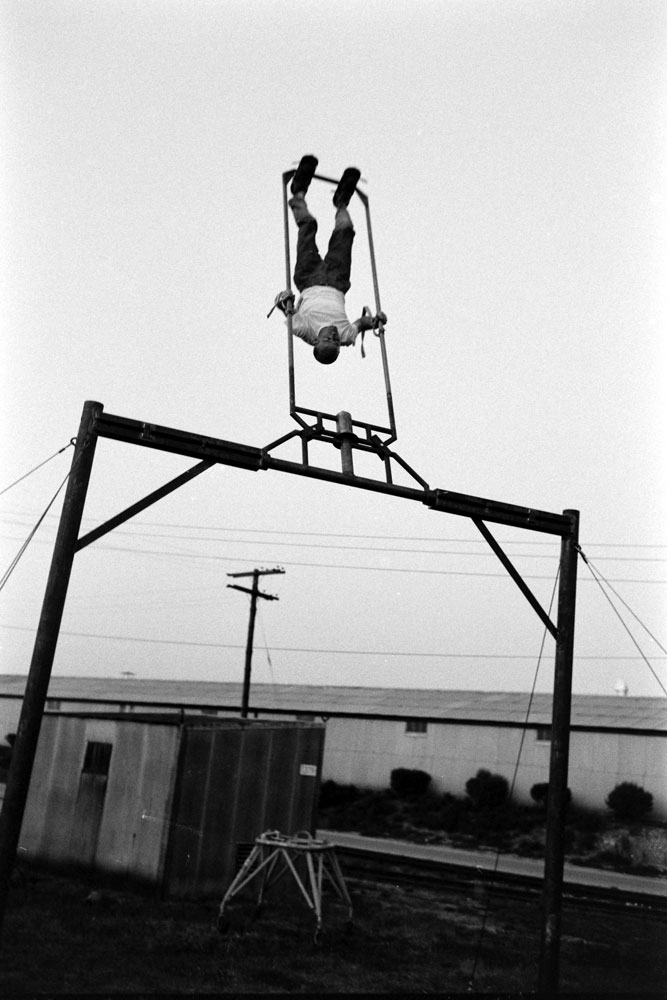
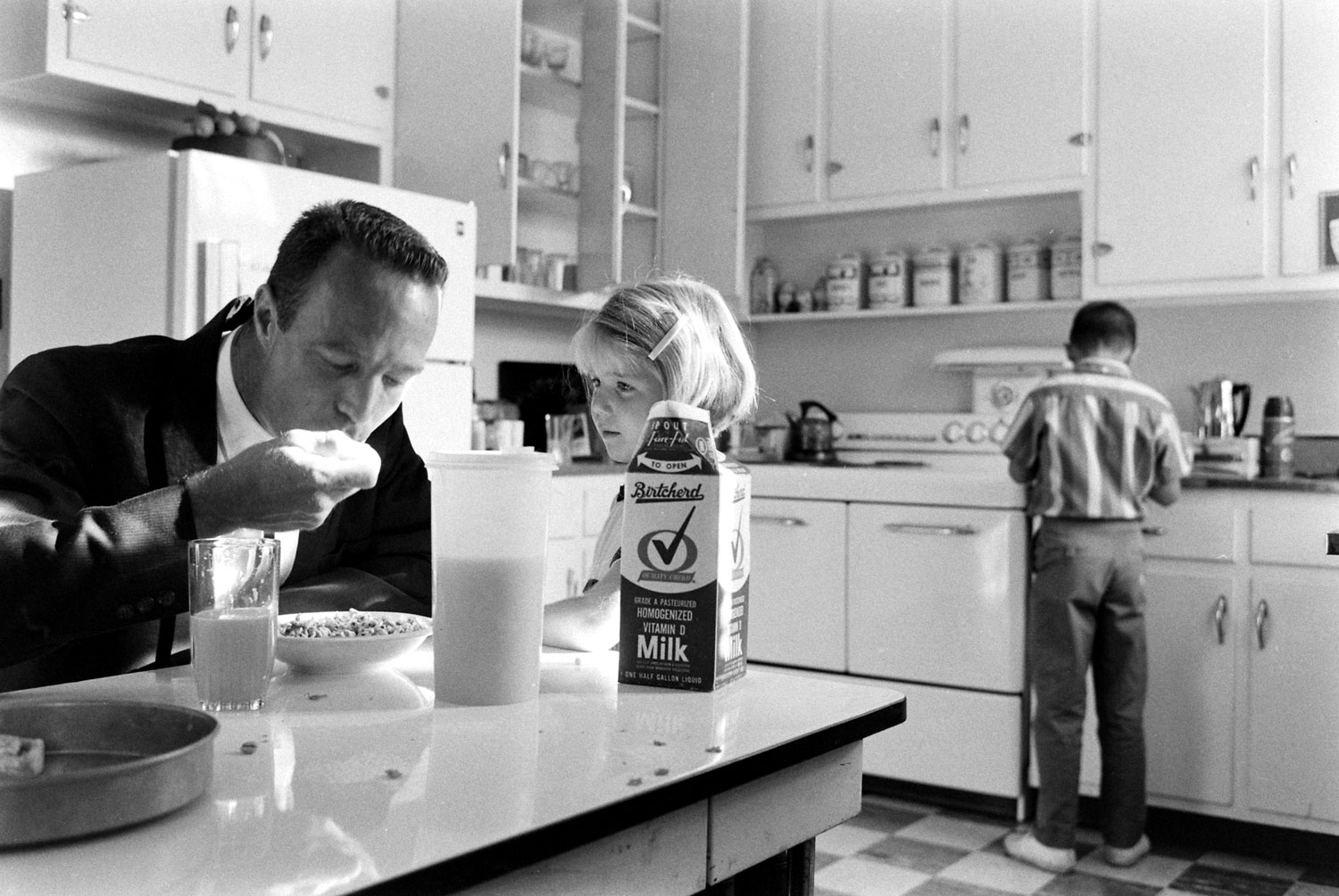
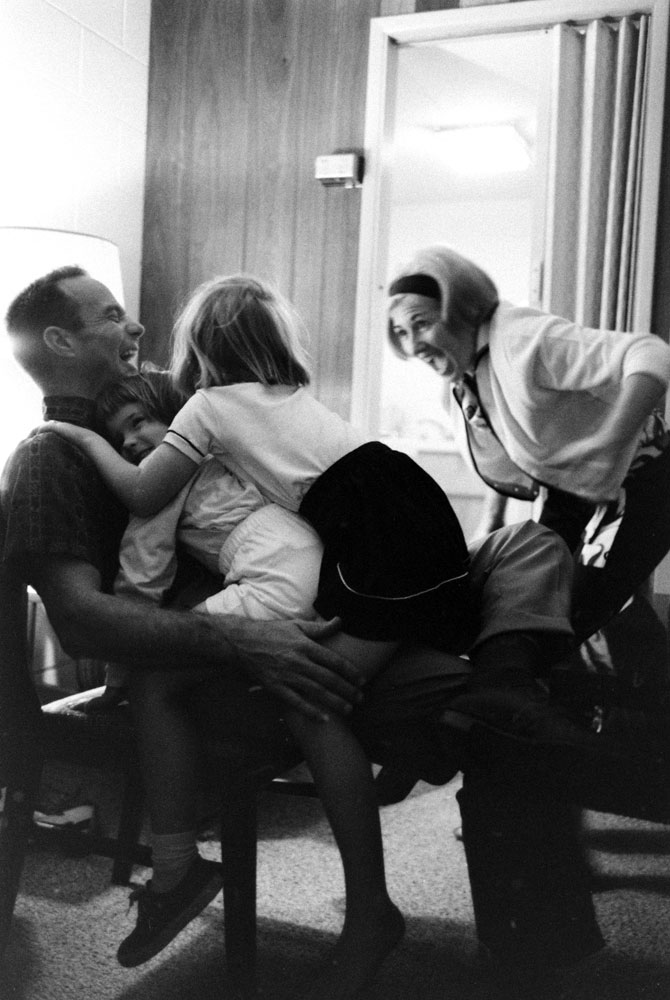

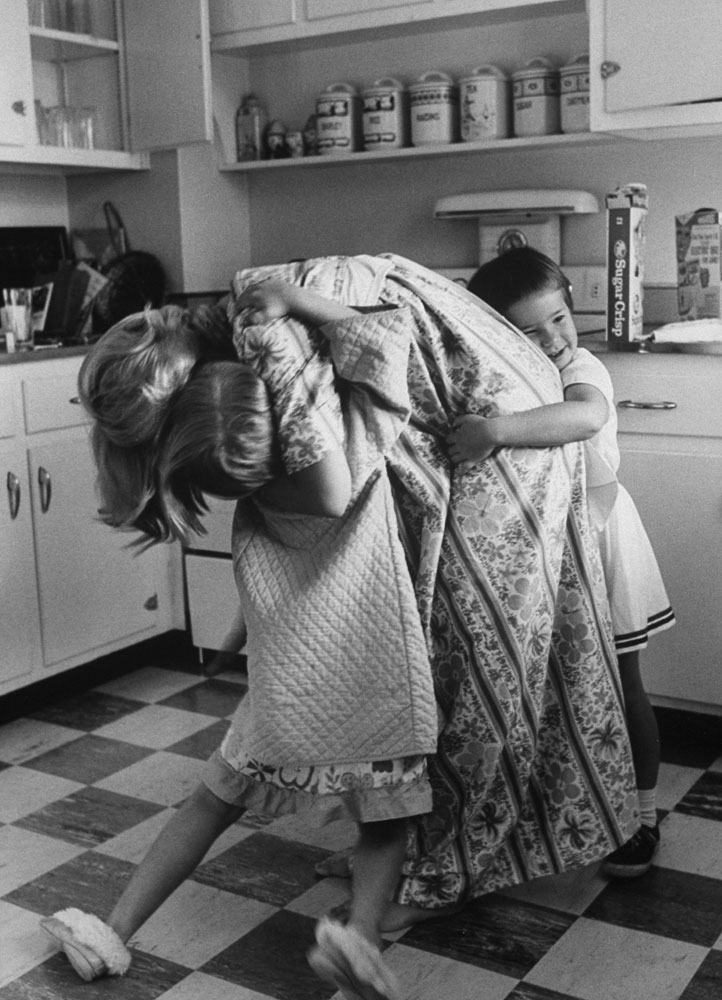




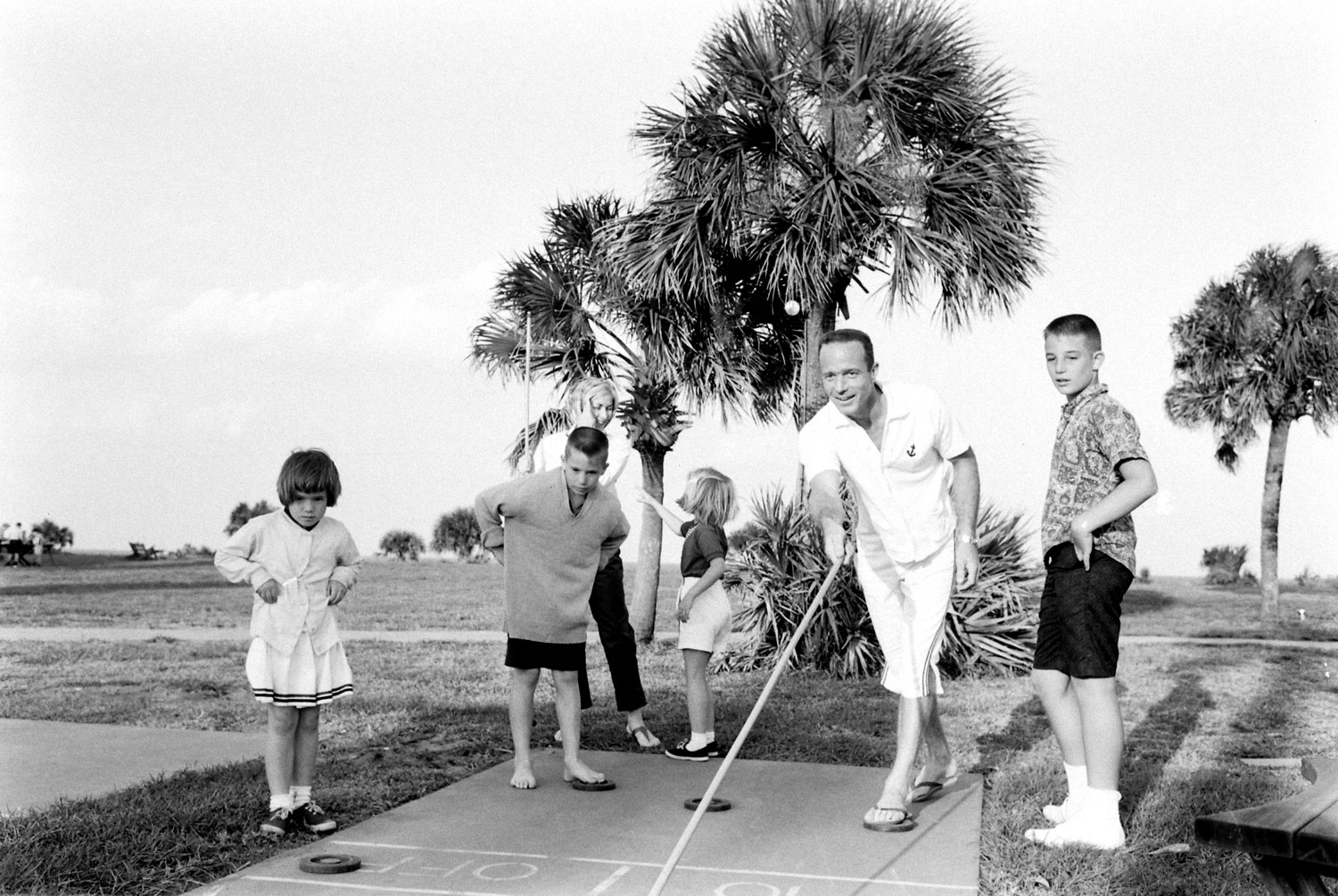



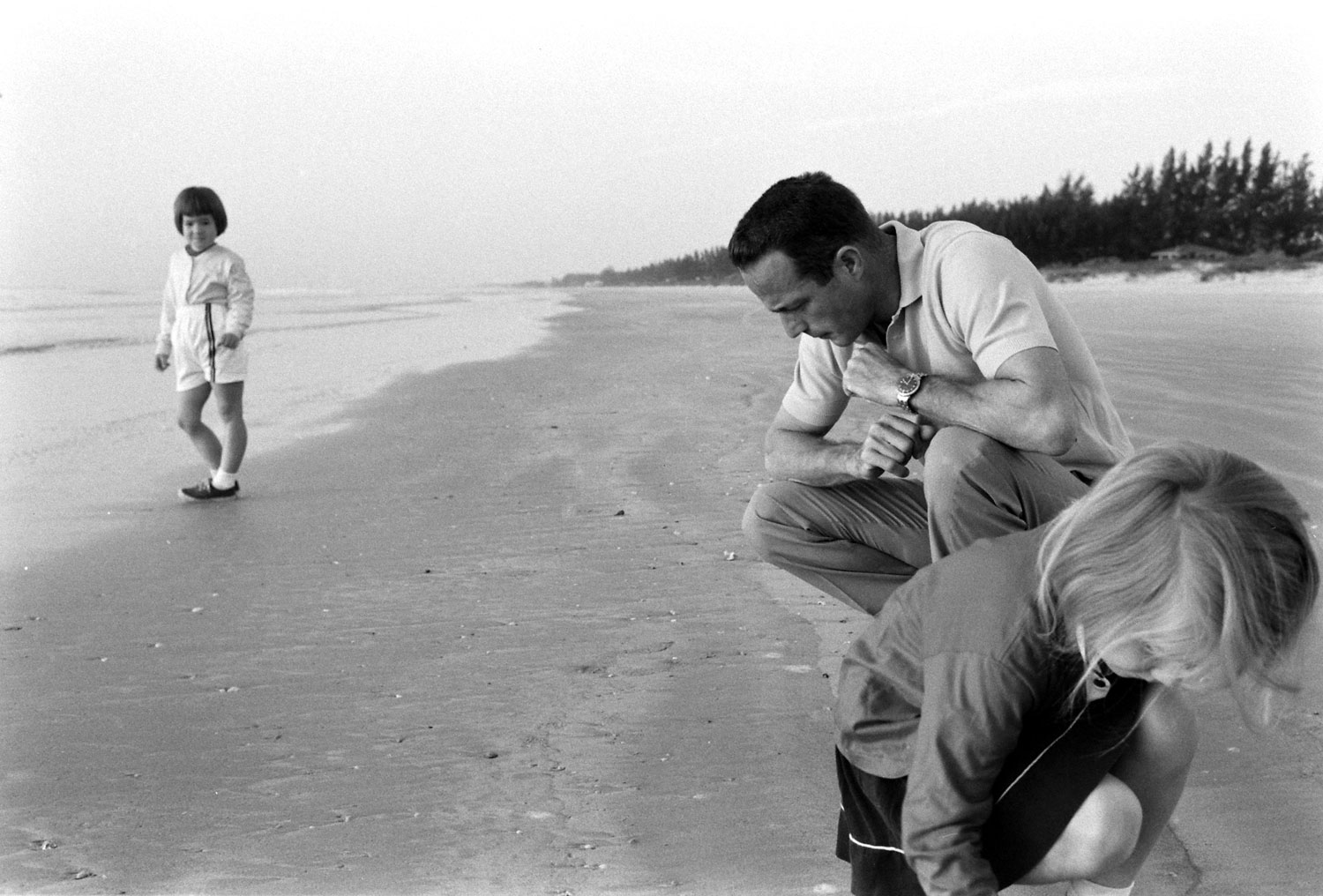


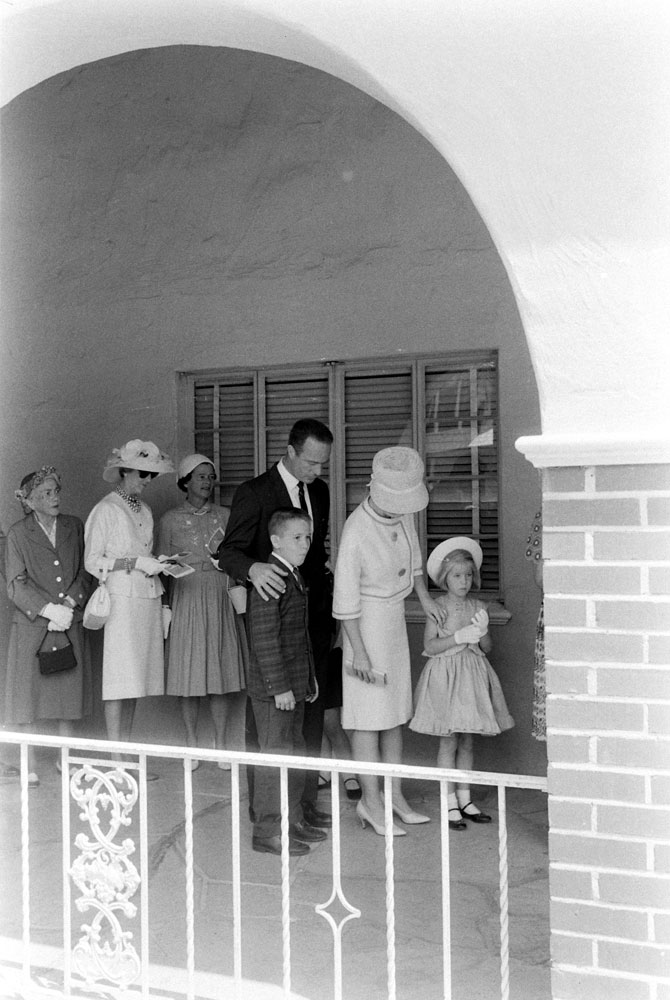

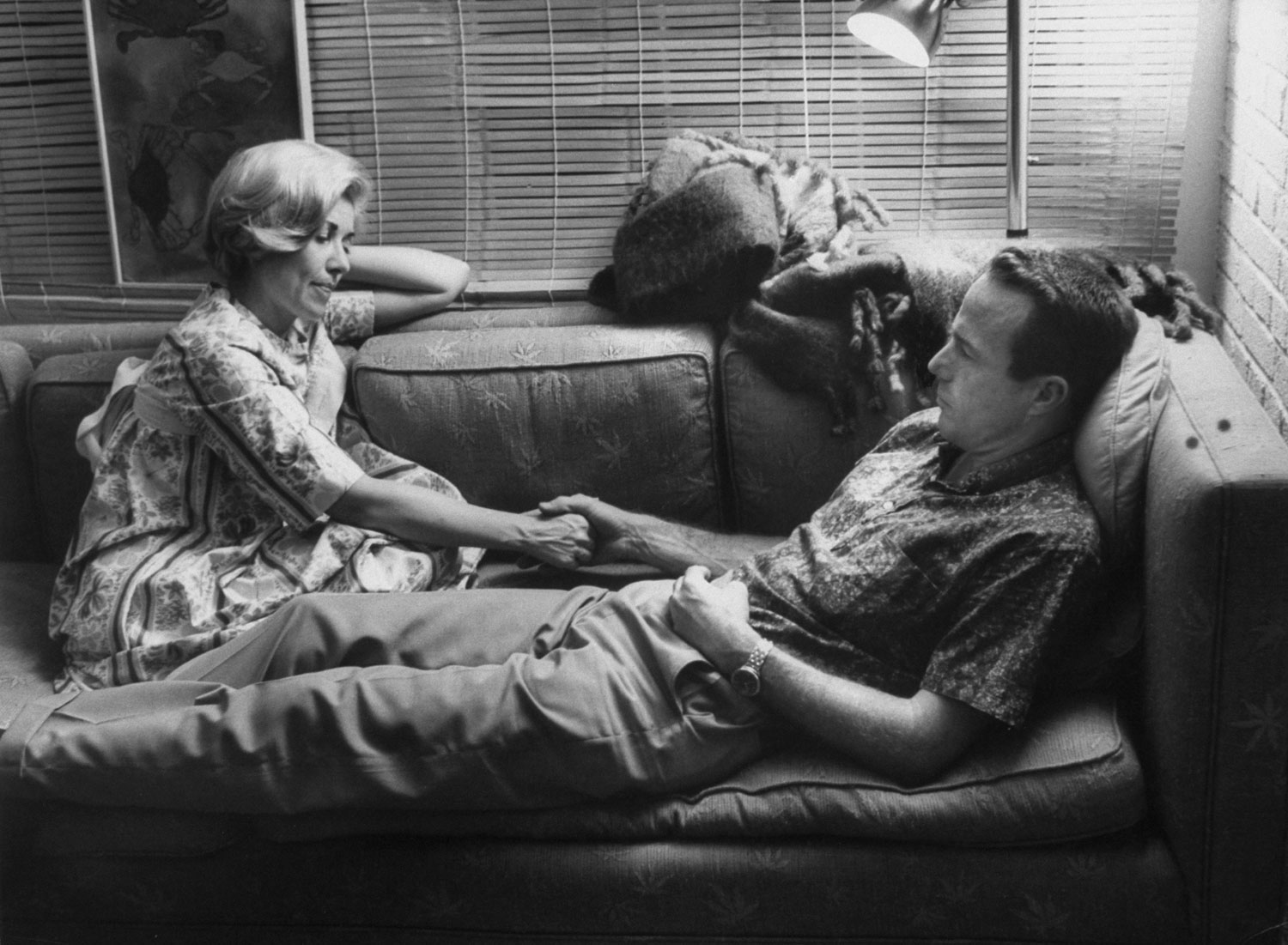



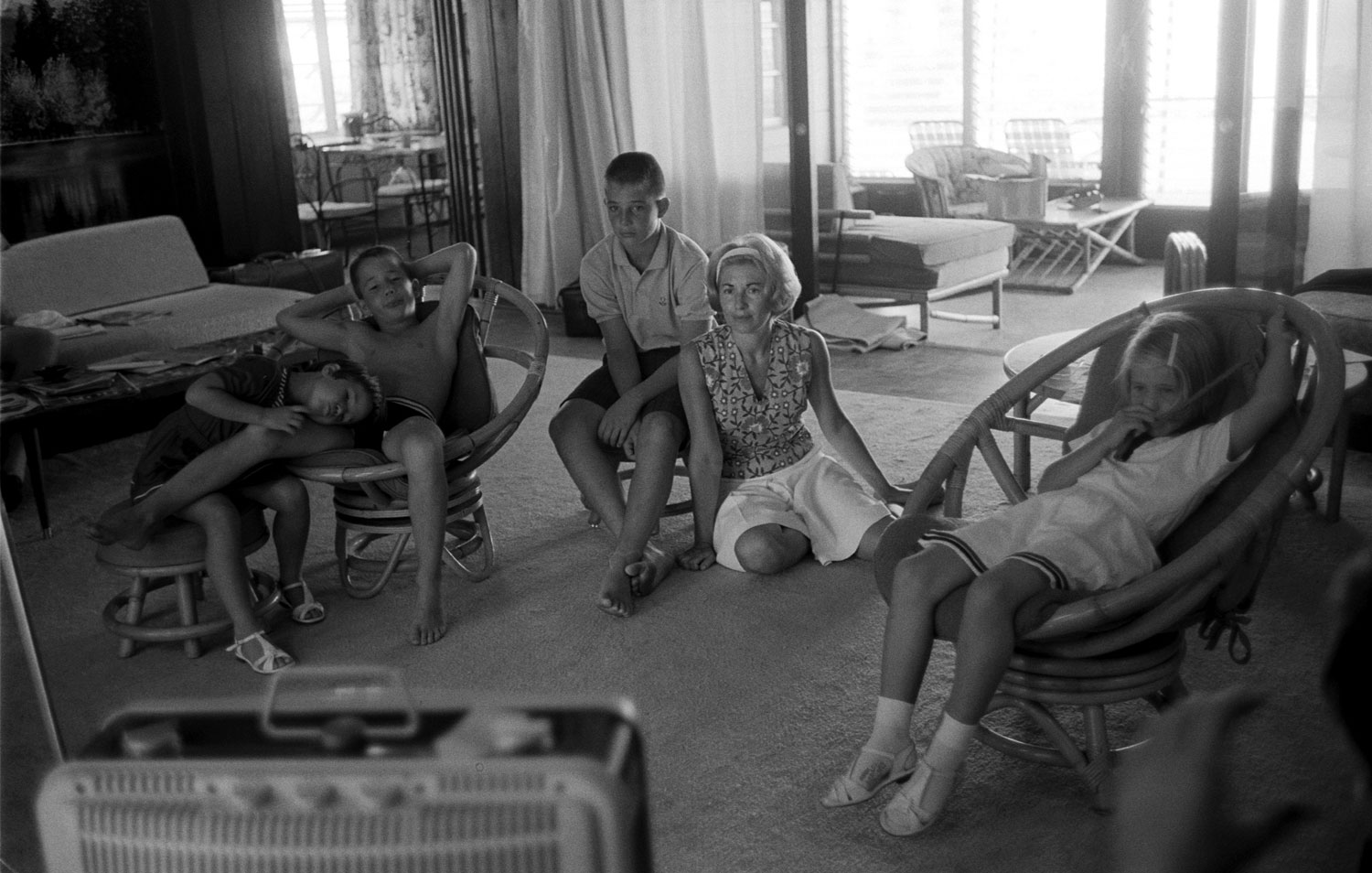







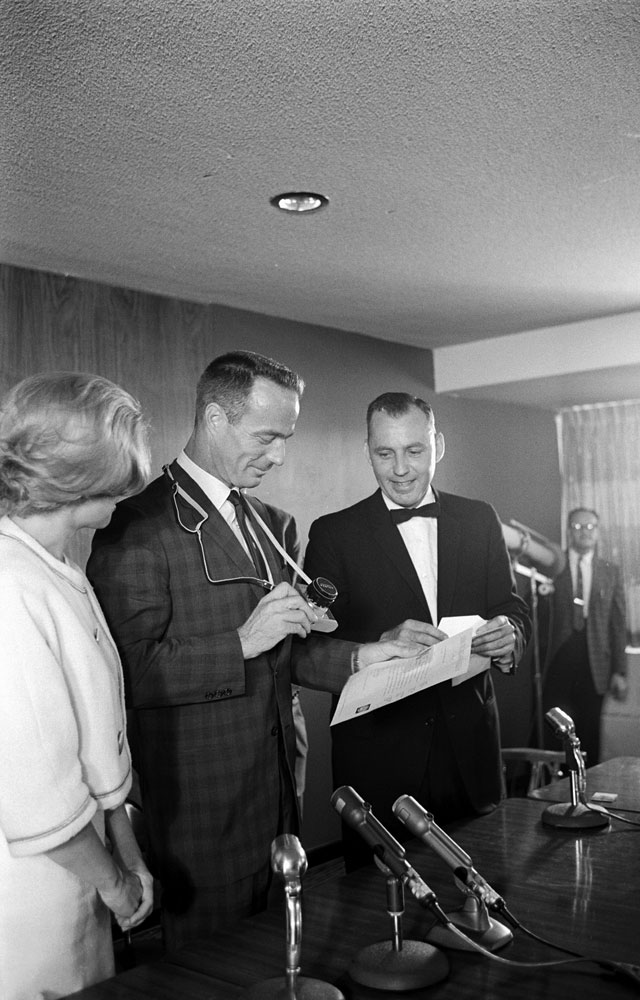


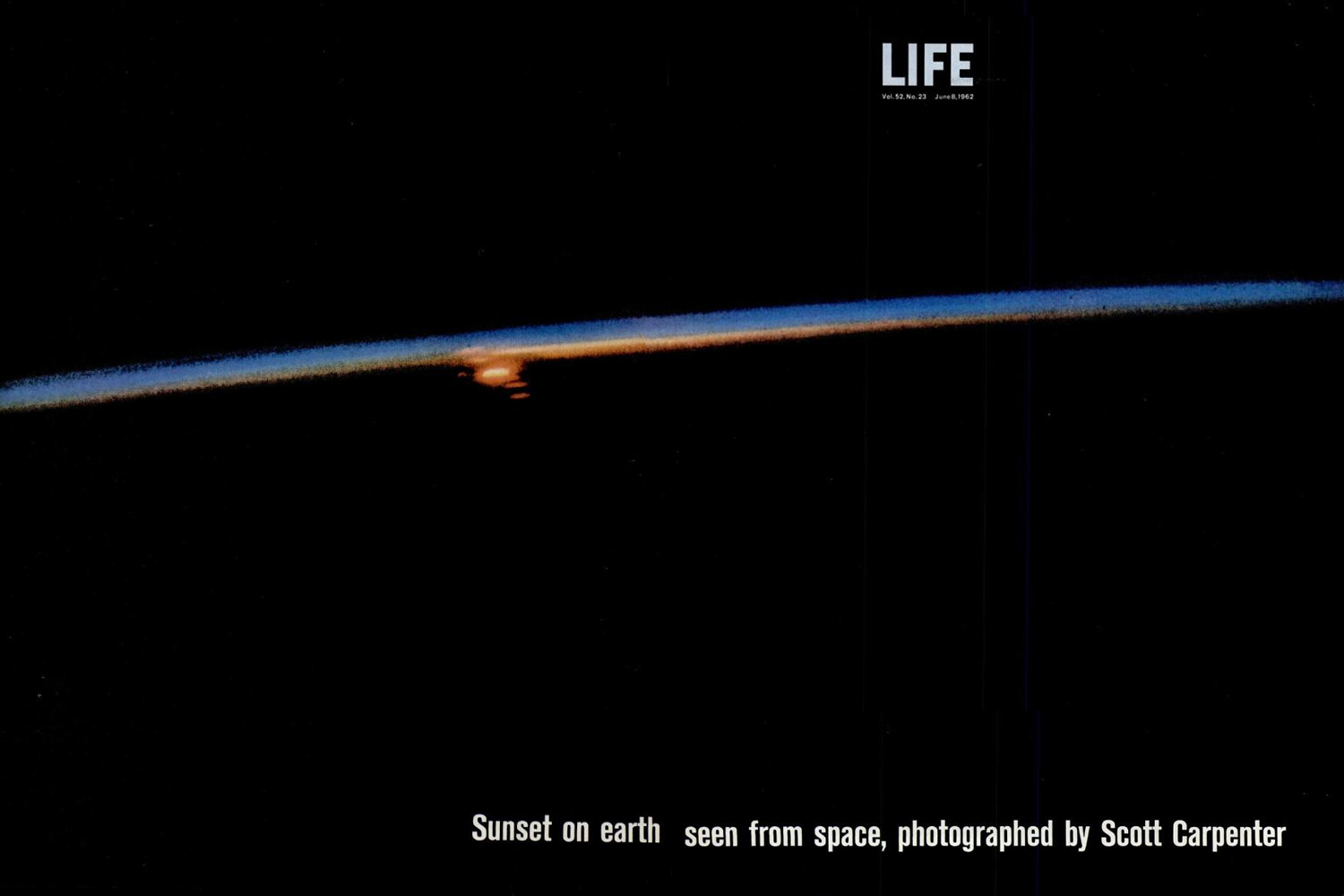
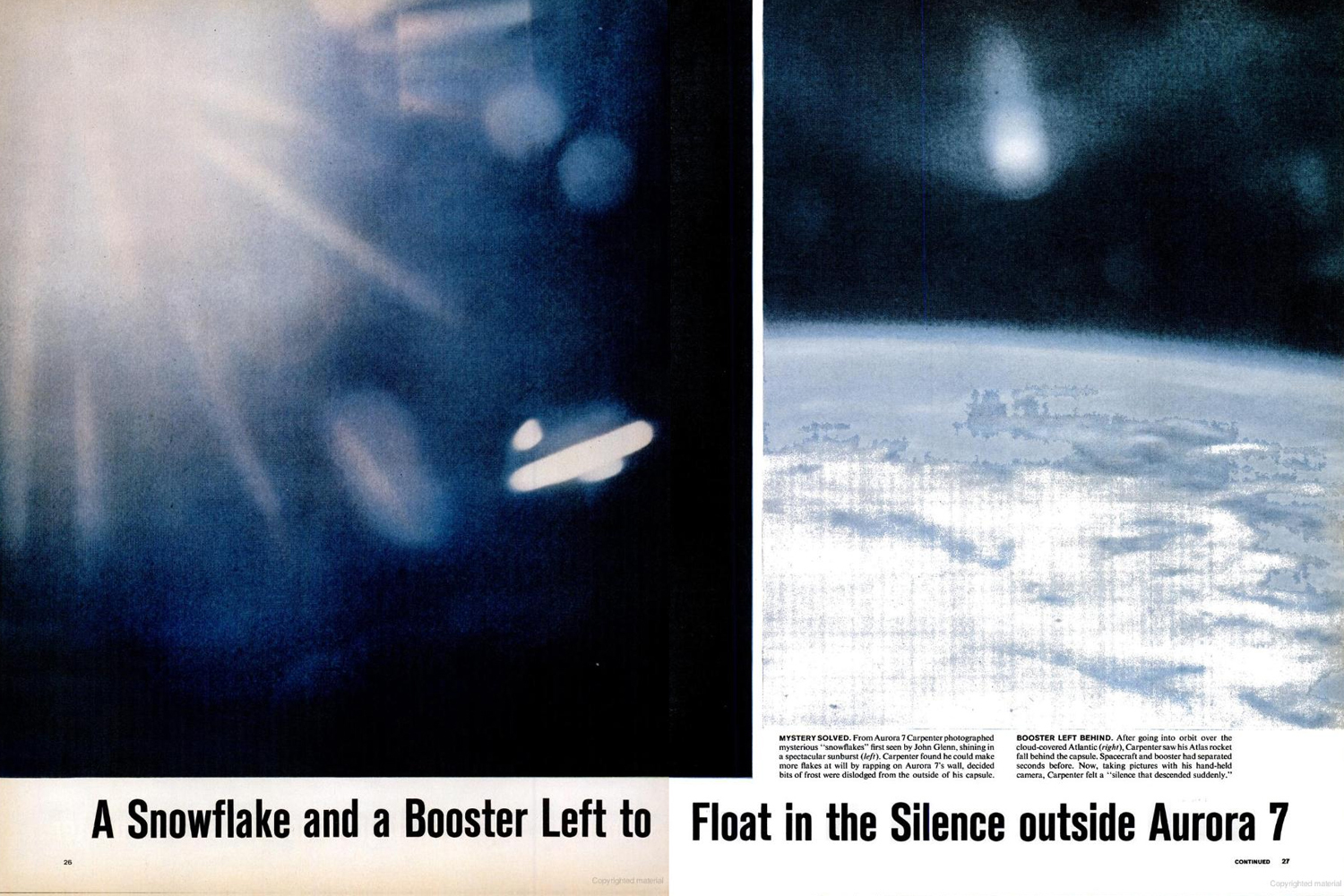



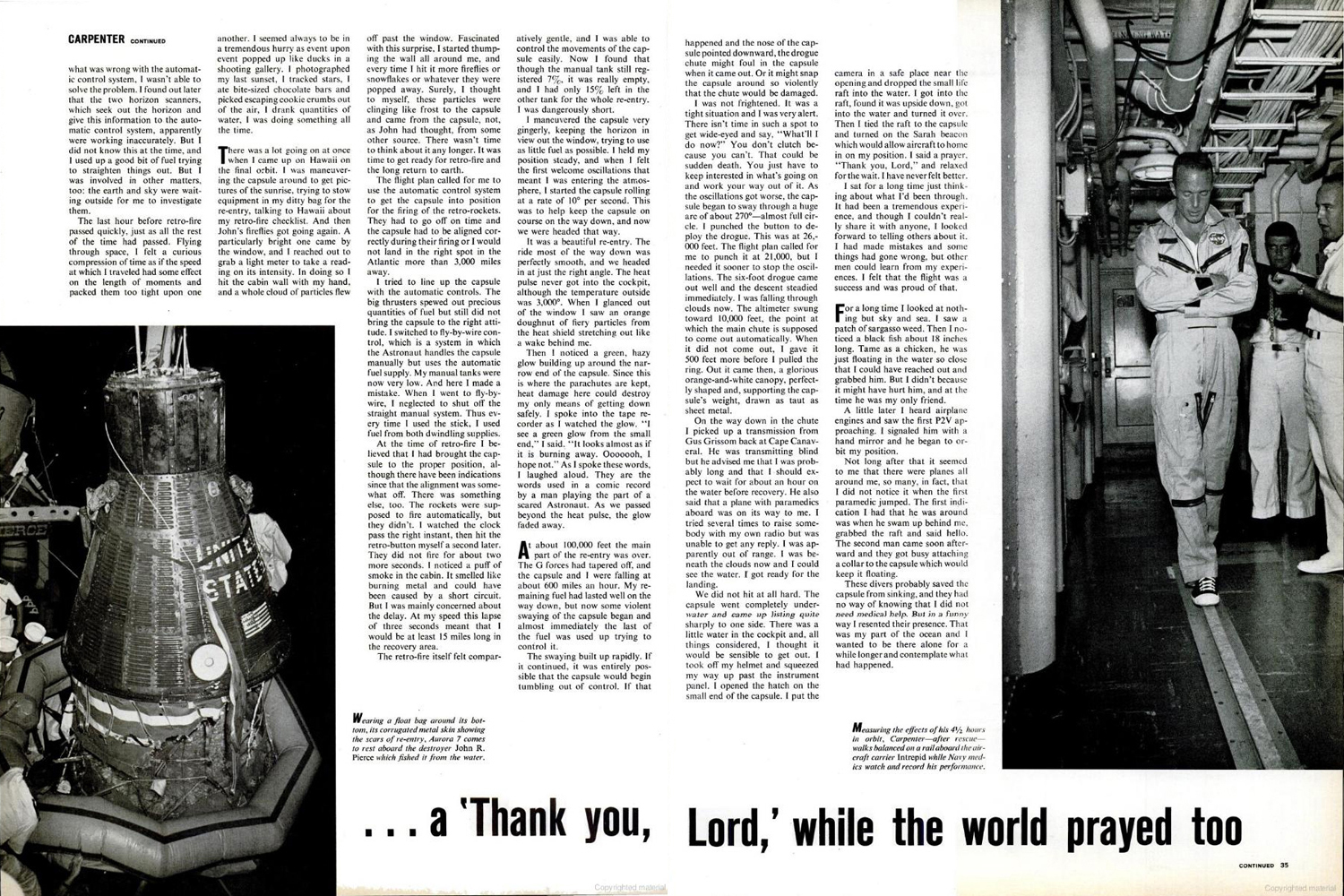
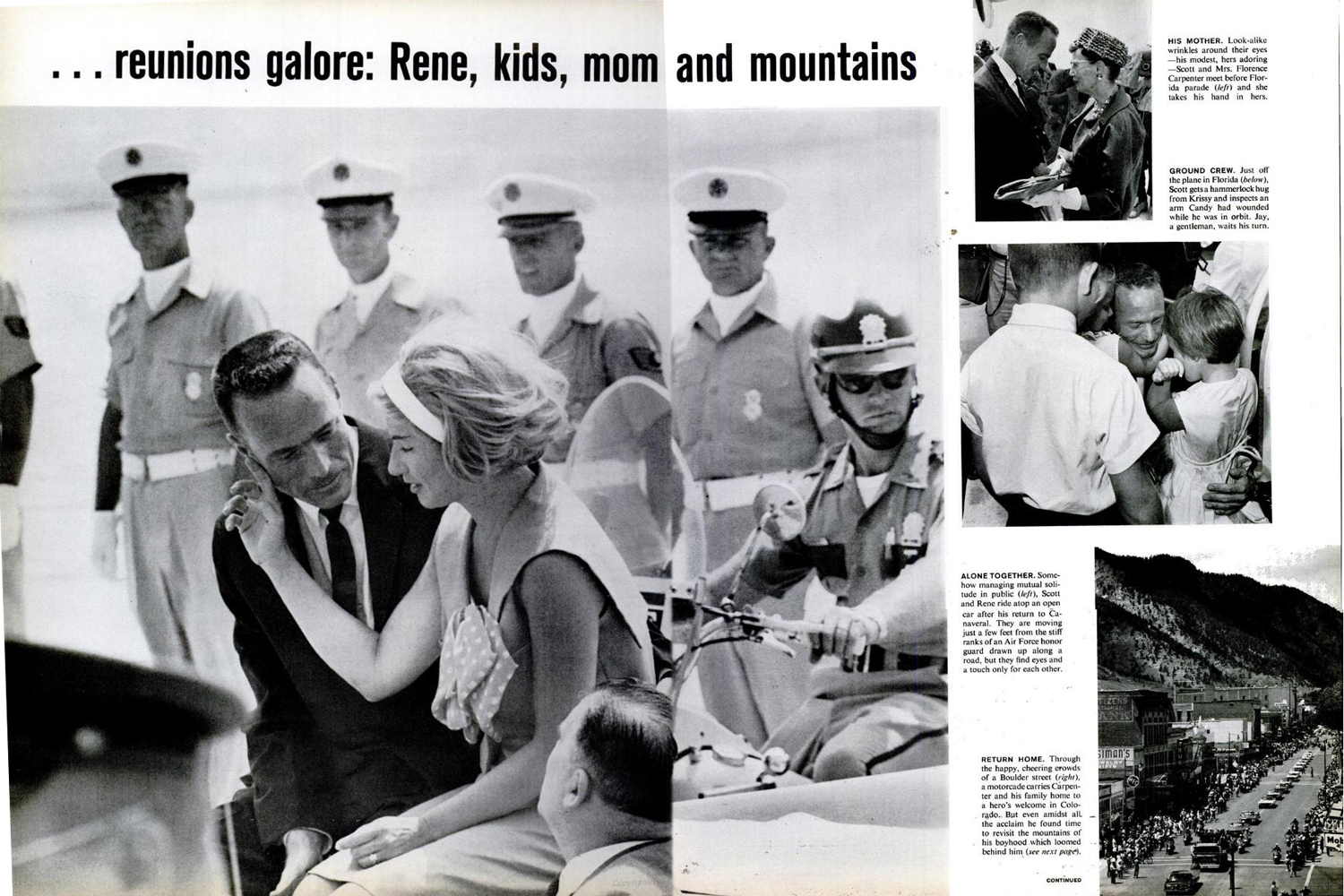
More Must-Reads from TIME
- Cybersecurity Experts Are Sounding the Alarm on DOGE
- Meet the 2025 Women of the Year
- The Harsh Truth About Disability Inclusion
- Why Do More Young Adults Have Cancer?
- Colman Domingo Leads With Radical Love
- How to Get Better at Doing Things Alone
- Michelle Zauner Stares Down the Darkness
Contact us at letters@time.com